Filter by Category
Nishant
1975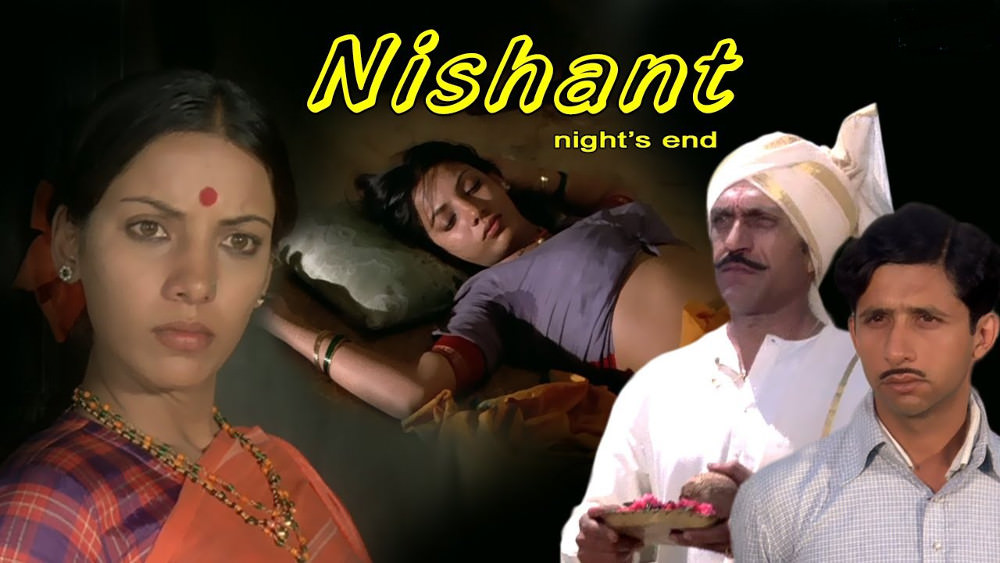
India
The second film directed by Shyam Benegal, Nishant (“Night’s End”) examined India’s “feudal” era, popularly understood to include the period until Indian independence and the dissolution and linguistic reorganisation of the princely states.
Read more Julie
1975
India
Released shortly before Prime Minister Indira Gandhi announced the Emergency and in the year the “angry young man” Amitabh Bachchan had his two biggest hits (Deewar and Sholay), Julie provides a romantic counterpoint more akin to Bobby (1973) and the subsequent Love story (1981).
Read more Deewaar
1975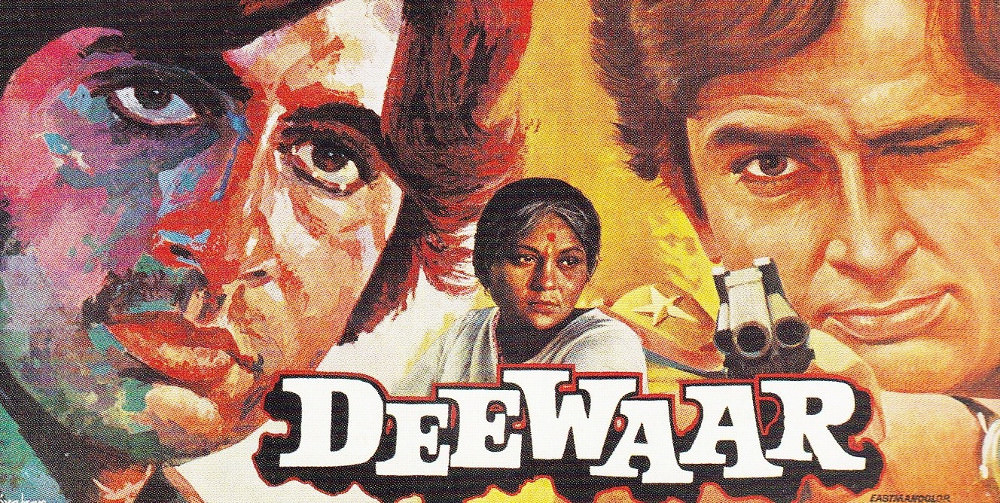
India
Directed by Yash Chopra and starring Shashi Kapoor and Amitabh Bachchan, Deewaar draws obvious allegorical parallels with the politics of the Emergency period.
Read more Breaking With Old Ideas
1976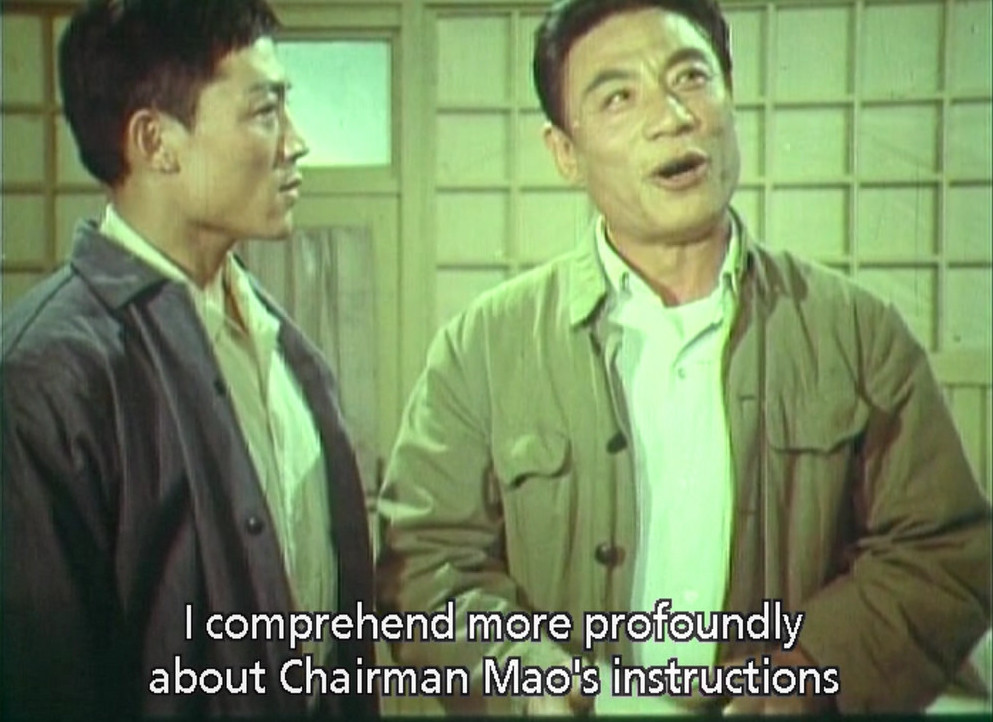
China
During the period of China’s Cultural Revolution (1966-76), feature film production all but ceased, with only 12 feature films made. One of those films was director Li Wenhua’s Breaking with Old Ideas (1976).
Read more In the Realm of the Senses and Obscenity
1976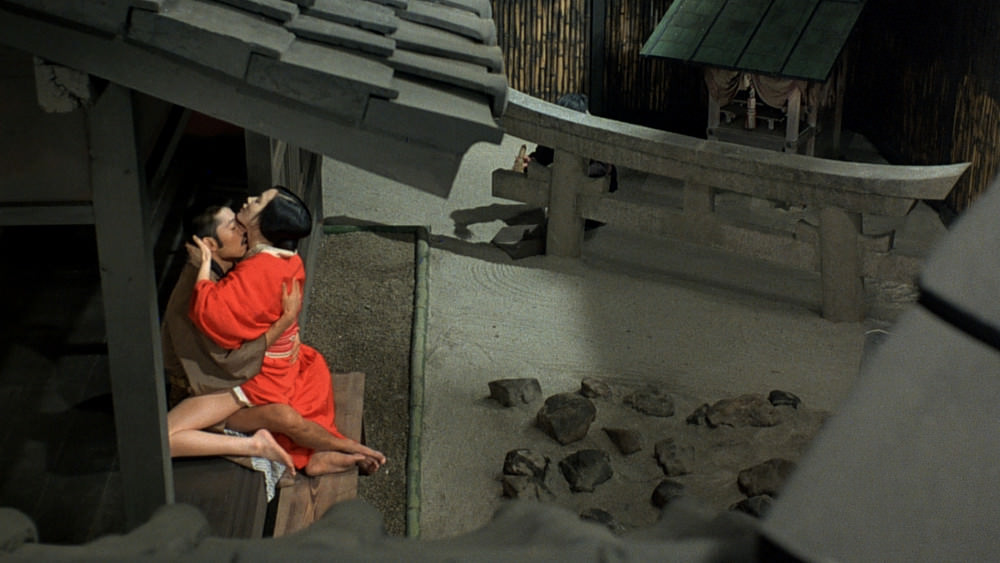
Japan
Ōshima Nagisa’s In the Realm of the Senses (Ai no korīda, 1976) is widely known as the first Japanese hardcore film (featuring unsimulated sex) and for its related obscenity controversies.
Read more Doordarshan
1976
India
Doordarshan Television Network is India’s public service television broadcaster. Alongside All India Radio, it is one of two arms of Prasar Bharati, an autonomous public broadcasting agency.
Read more Report of the Working Group on National Film Policy
1980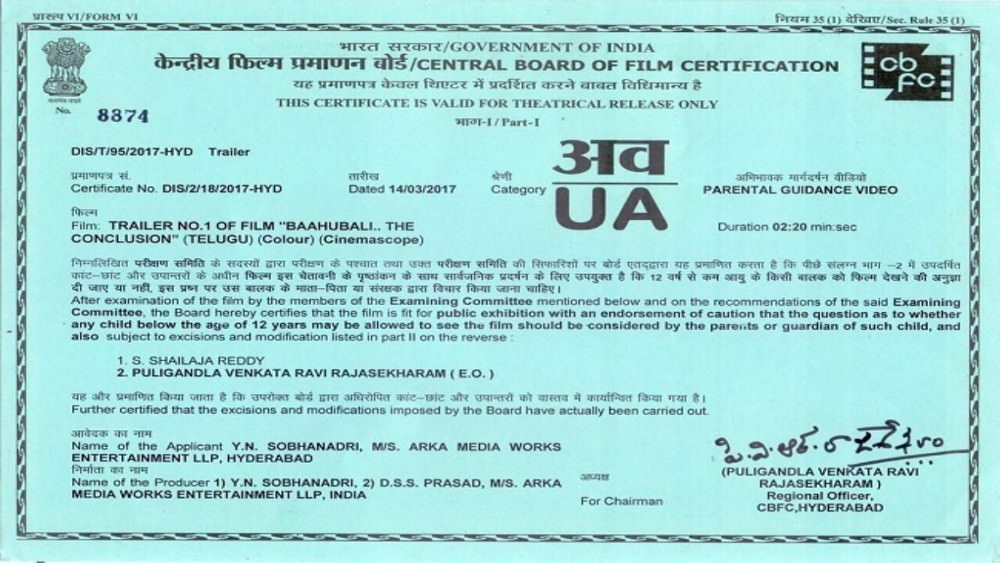
India
Following the 1980 Report, the Cinematograph (Amendment) Act 1981 came into effect in June 1983, at which point the “Cinematograph (Censorship) Rules 1958” were replaced by the “Cinematograph (Certification) Rules 1983”.
Read more Love Story
1981
India
Love story focuses on generational conflict and parental prohibitions about who the young people can love.
Read more Sexually Explicit Materials & the X18+ Category
1983
Australia
In 1983, the X18+ category for sexually explicit content was first introduced by the Classification of Publications Ordinance, legislation for the Australian Capital Territory that excluded minors under eighteen from purchasing this material.
Read more Legal Basis for Brazilian Classification
1988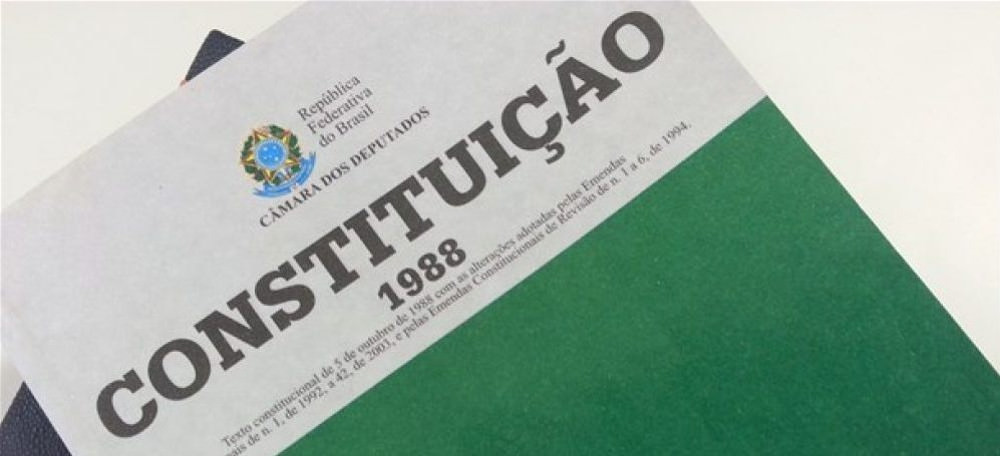
Brazil
Age rating for media, or “indicative classification”, is underpinned in Brazil by a set of federal laws established following the end of the military regime.
Read more